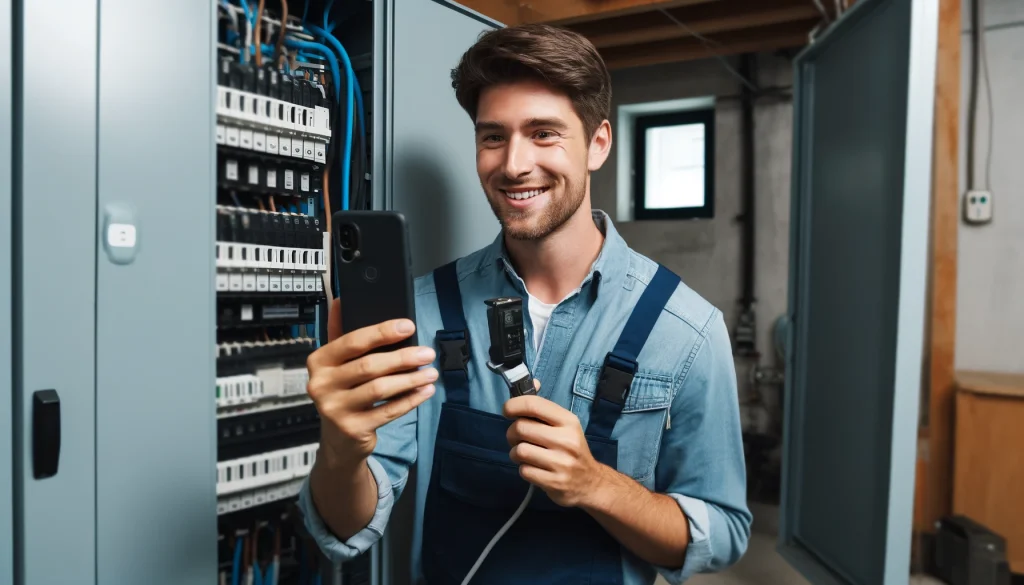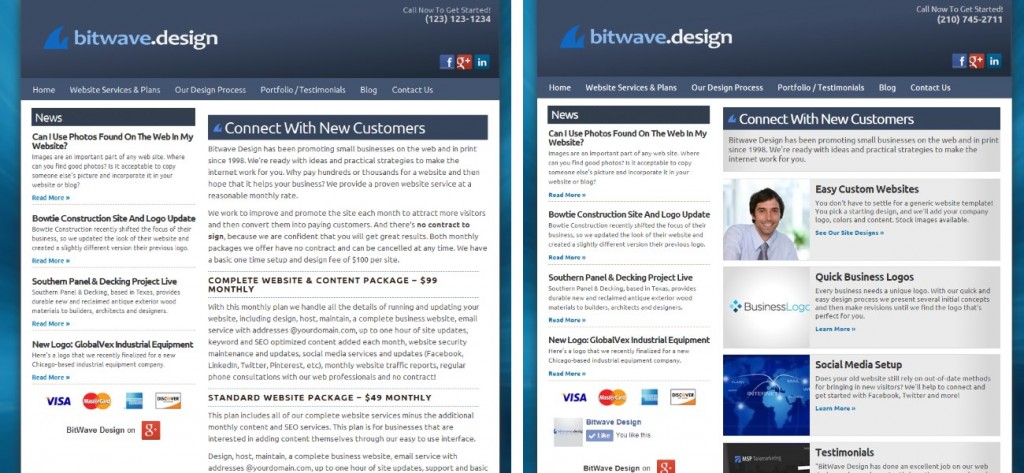
Creating engaging video content is an effective way to captivate your audience, boost your online presence, and enhance your branding efforts. As a small business owner, creating videos might seem daunting, but with the right approach, it can be both manageable and impactful. Here’s how you can get started with making your own videos, including when to choose horizontal versus vertical formats and ideas for compelling content.
1. Understanding Video Orientation: Horizontal vs. Vertical
Horizontal Videos (Landscape):
- When to Use: This is ideal for YouTube, Facebook, and traditional TV screens. Horizontal videos work best for longer videos that you might feature on your website, such as testimonials, how-tos, and product demonstrations.
- Why Use: Provides a broad view, making it suitable for capturing more of the environment and is generally preferred for professional and detailed presentations.
Vertical Videos (Portrait):
- When to Use: This is best for social media platforms like Instagram Stories, Snapchat, TikTok, YouTube Shorts and Facebook Stories. Vertical videos cater to the way people naturally hold their phones, making them more user-friendly on mobile devices.
- Why Use: Captures the audience’s full screen on mobile, maximizing impact and engagement in a mobile-first world. It’s ideal for quick, engaging clips that are meant to be consumed on the go.
2. Planning Your Content
Before you start filming, plan your content. Consider what messages you want to convey and how video can uniquely tell your story. Effective video content for small businesses might include:
- Product Showcases: Highlight the features and benefits of your products. Show them in action to give potential customers a real-life look at what you’re offering.
- How-To Videos: Teach your audience something new related to your product or industry. Educational content can position your brand as a helpful and knowledgeable authority.
- Behind-the-Scenes Tours: Give your audience a peek into the daily operations of your business. This builds trust and personal connections with your customers.
- Customer Testimonials: Share stories from satisfied customers to provide social proof and build credibility.
- Event Highlights: Capture key moments from events you host or attend to show your business’s active involvement in relevant happenings.
3. Getting Started with Video Production
Equipment: Start with what you have; most smartphones can produce high-quality videos. Ensure you have good lighting and a simple microphone if possible to improve audio quality.
Shooting Tips:
- Stability is Key: Use a tripod or stabilize your device on a solid surface to avoid shaky footage.
- Focus on Audio: Clear audio is crucial. Minimize background noise and consider using an external microphone.
- Good Lighting: Natural light works wonders. If indoors, shoot in well-lit areas or invest in basic lighting equipment.
Editing: If you’re just getting started and short on time, you could choose to upload your unedited videos. However, basic edits like trimming extra parts at the beginning and end, adding text and your logo we’ll go a long way toward making your videos stand out. On computer there are many straightforward editing software options like iMovie for Macs, Windows Movie Maker, or mobile apps like InShot or Adobe Premiere Rush to get you started. Many businesses seek outside help with this step, however.
4. Sharing Your Videos
Upload your videos to the platforms where your audience spends most of their time. Optimize your videos with fun and engaging captions, relevant hashtags, and encourage viewer interaction by asking questions or inviting comments.
Conclusion
Video production can significantly enhance your small business’s engagement and reach. Start simple, be consistent, and continue to refine your process as you learn what works best for your audience and brand. Remember, authenticity often trumps perfection in the digital world, so don’t be afraid to start filming and see where it takes you!








